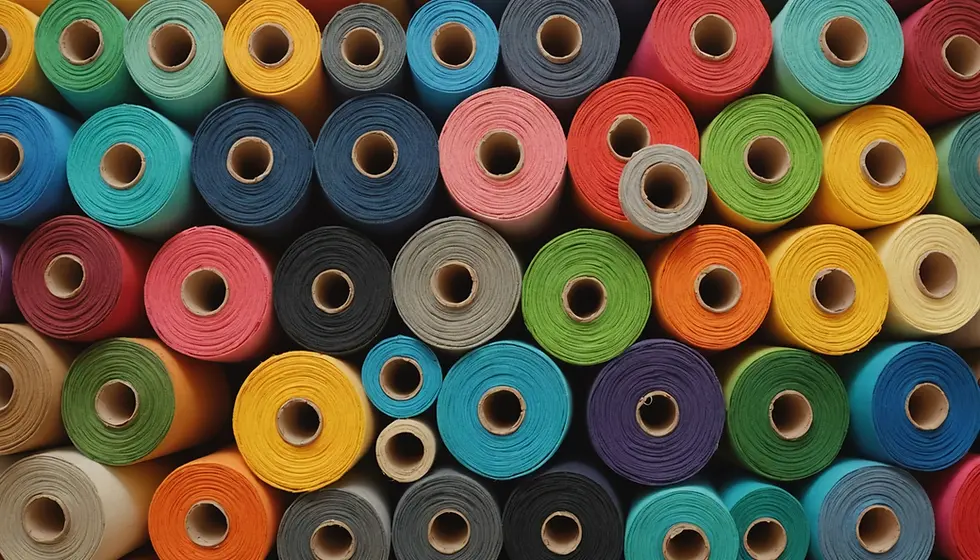Essential Skills Every Beginner Needs to Sew
- princessfaraj

- Apr 1
- 4 min read
Sewing is not just about stitching fabric together; it’s an art and a valuable skill that can transform your wardrobe. If you're a beginner looking to dive into the world of sewing, there are some essential skills you need to master. This guide will cover the fundamental techniques every aspiring seamstress or tailor should learn to begin their sewing journey.






